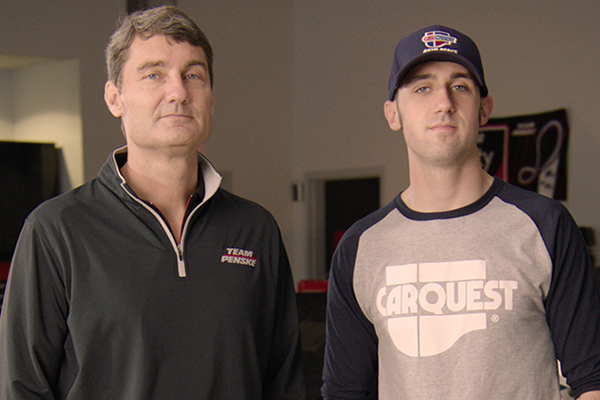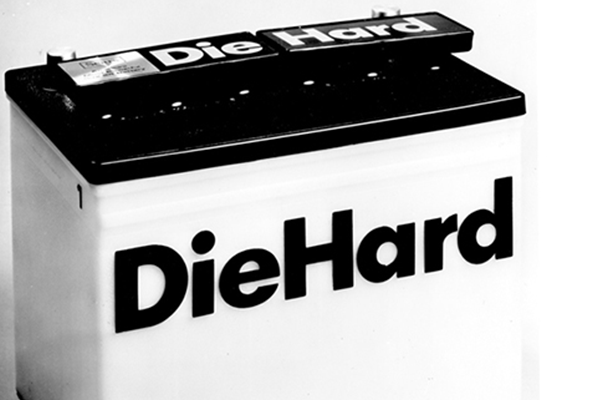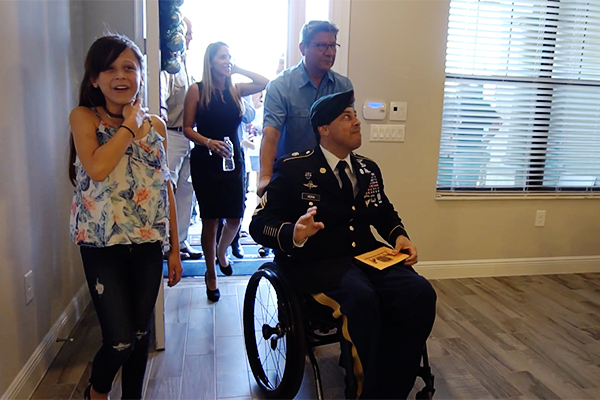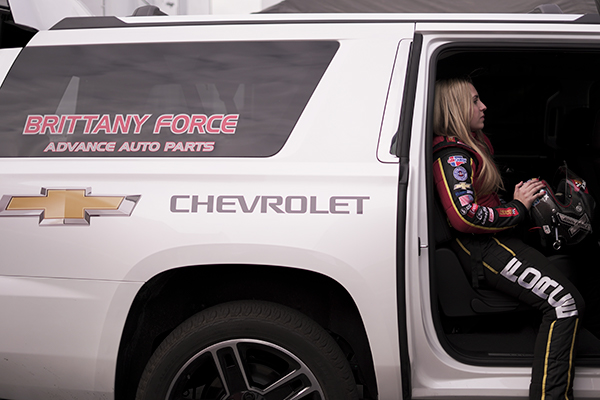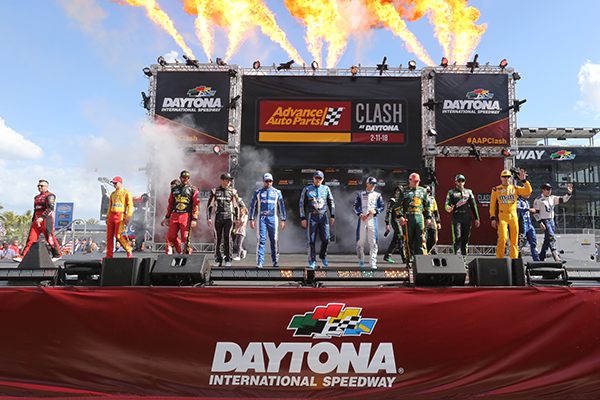“How can I save money on gas?” That’s the million-dollar question, especially when we love our cars but not gas prices. It’s all about finding ways to pursue our passion for driving and spend less on gas. Is it possible to do both? The answer is, “Yes!”
When you apply some DIY know-how that can improve fuel economy and take advantage of your Speed Perks Membership benefits that save money at the pump, the savings can add up. Start with these three tips. And for Speed Perks Members, there’s a bonus opportunity: The chance to Win Free Gas For A Year! For all the details, keep reading.
Tip 1: DIY your way to better gas mileage

Source | Birdlkportfolio, Getty Images
Advance Auto Parts is here to help you wave the checkered flag on your DIY projects, including ways to improve gas mileage. These five ideas can help you go farther for less.
Maintain Your Tire Pressure
Under-inflated tires negatively impact your fuel consumption. Tires can lose one or two PSI every month, and for every 10-degree Fahrenheit decrease in the temperature outside, there’s about one PSI loss. Maintaining optimal tire pressure will help you meet your car’s expected fuel mileage. A tire pressure gauge is a quick and easy way to check PSI and comes in handy on vehicles that tell you when pressure is too low but do not provide the PSI. Even if your vehicle has a built-in tire pressure monitoring system, the gauge often provides a more accurate reading. Your vehicle’s recommended tire pressure is listed on a sticker typically found in the driver’s door jamb.
Use Synthetic Motor Oil if it’s Right for Your Vehicle
Your choice of motor oil can affect gas mileage. Upgrade to synthetic motor oil for better fuel economy. Synthetic has superior lubrication and creates less sludge, giving you better fuel economy, performance and a longer engine life. Check your vehicle owner's manual for recommendations. When it comes time to change your oil and filter, we can help you with this beginner-level DIY project. We offer a wide range of oil change bundles at one low price that you can find online or stop by your local store and our knowledgeable Team Members can help you choose the right bundle for your vehicle.
Check Your Air Filter
The air filter keeps dirt and contaminants out of your engine. Time and use reduce the filter’s airflow. This impacts the engine, causing it to burn more fuel to get you up to speed. Check your owner’s manual for the recommended service interval for the air filter. If it’s time to be replaced, you’ll find it’s easy to change your air filter. You can find the best air filter fit for your vehicle online or ask a Team Member at your local store.
Use Fuel Enhancing Additives
Certain types of fuel additives/fuel cleaners can improve gas mileage. Look for those that contain polybutene amine (PBA), which can clean out deposits from carburetors, fuel injectors and intake valves. When you choose a fuel additive that's right for your vehicle and use it according to directions, you can save time, money and hassles in the long run. You can always ask your local Advance Auto Parts Team Member to help choose the right kind.
Keep up with Fuel Filter Changes
Even a little dirt in the fuel filter can lead to decreased gas mileage. Changing it at the right intervals will guard your fuel system against contaminants that can lead to engine damage and burn out the fuel pump. It’s best to check to see if you have a serviceable fuel filter, and if so, check with your vehicle manufacturer’s recommendations on when to change it. Changing your fuel filter is a beginner-level DIY project and we have a wide selection of top fuel filter brands. Find fuel filter online or ask a Team Member at your local store.
Tip 2: Track your gas mileage
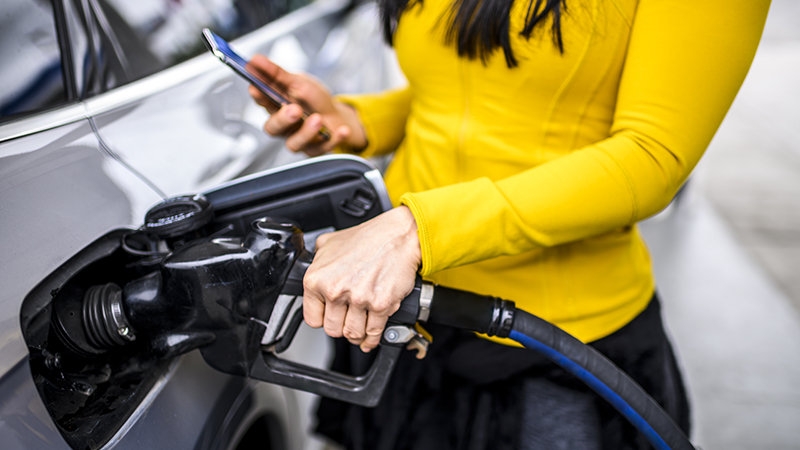
Source | Extreme Media, Getty Images
Have you ever found that a full tank of gas doesn't deliver the mileage you expected? Was it a one-time thing, or does it frequently surprise you? Keeping track of your actual gas mileage is a good way to see if you have a mechanical problem a driving habit problem, or both. Several cell phone apps make it easy to do. Find them in your app store using the search term “fuel economy.”
You can also calculate MPG using this formula:
Step 1: Fill up and record
- Fill your gas tank all the way.
- If your car has a trip odometer, reset it, or record the master odometer mileage.
- Drive your car as you normally would and let your gas tank deplete to at least half full.
- Fill your tank again.
- Record the amount of gas it took to refill the tank.
- Record the elapsed trip miles or new odometer mileage.
Step 2: Calculate
- Get the miles traveled from the trip odometer or subtract the original odometer reading from the new one.
- Divide the miles traveled by the number of gallons it took to refill the tank.
The result will be your car’s average MPG for that driving period. For example: 320 miles driven ÷ 20 gallons fueled = 16 MPG.
Tip 3: Utilize your Speed Perks Membership benefits for additional savings
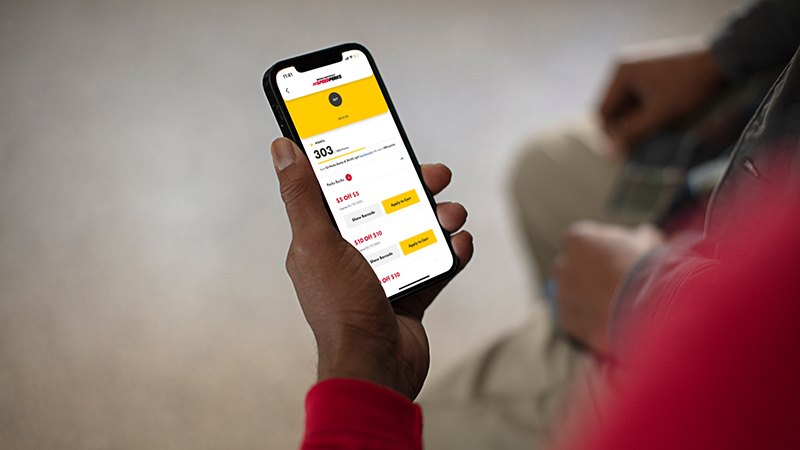
Speed Perks is our free-to-join loyalty program. Here’s how Speed Perks works and the ways Membership fuels your savings:
Members earn Speed Perks Points with every purchase, and we offer Bonus Points on popular products. Points add up to:
- Gas Rewards where you save at the pump at participating Shell gas stations.
- Perks Bucks Rewards that you can use toward in-store and online purchases, including automotive essentials that help you get better gas mileage.
We’re here to help fuel your drive!
When it comes to finding ways to spend less on gas, Advance Auto Parts is here to help. We carry the essentials for DIY projects that help you increase your fuel economy and offer exclusive Gas Reward benefits through Speed Perks Membership. Stop by your local store for the details, and we look forward to seeing you soon.
